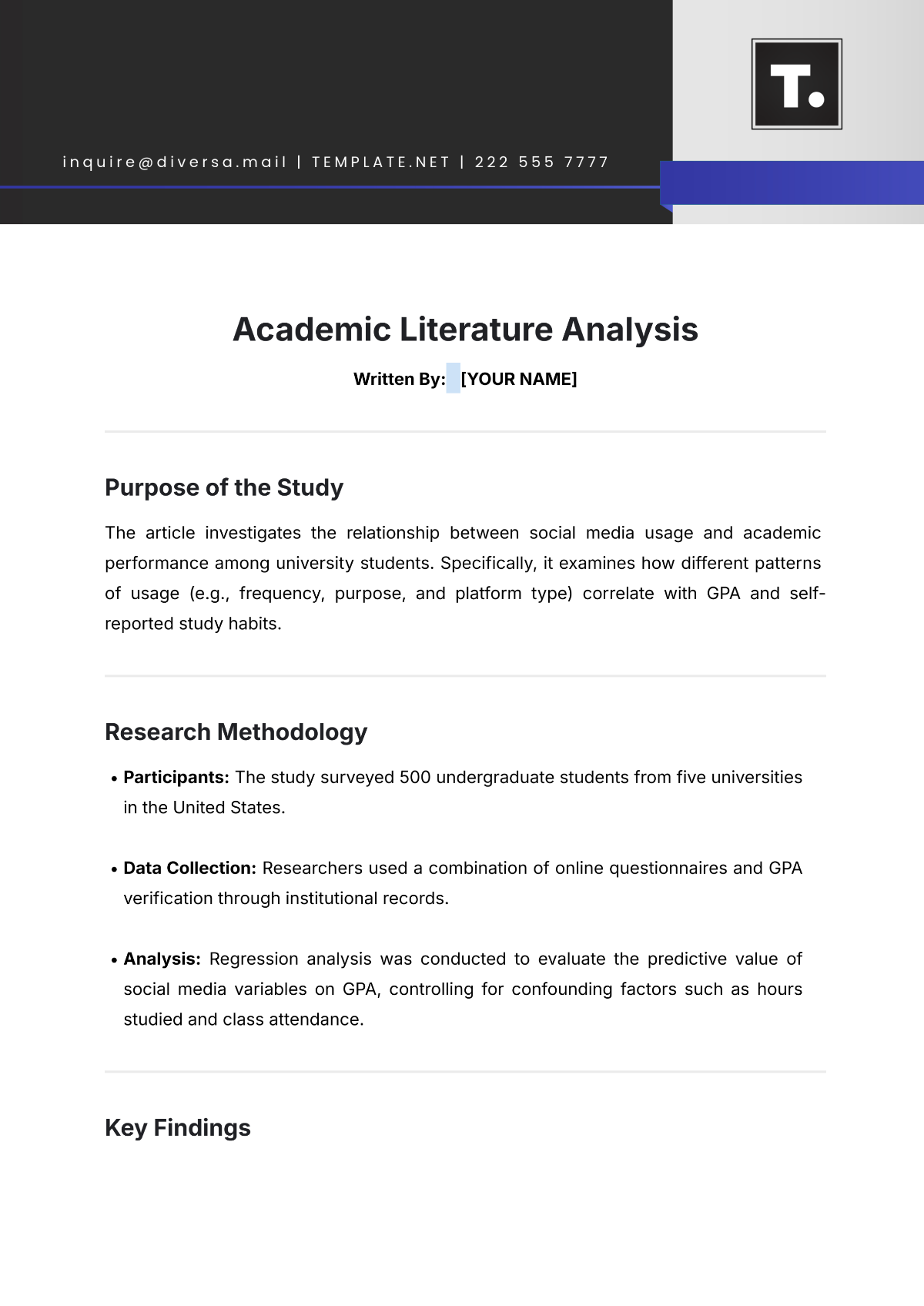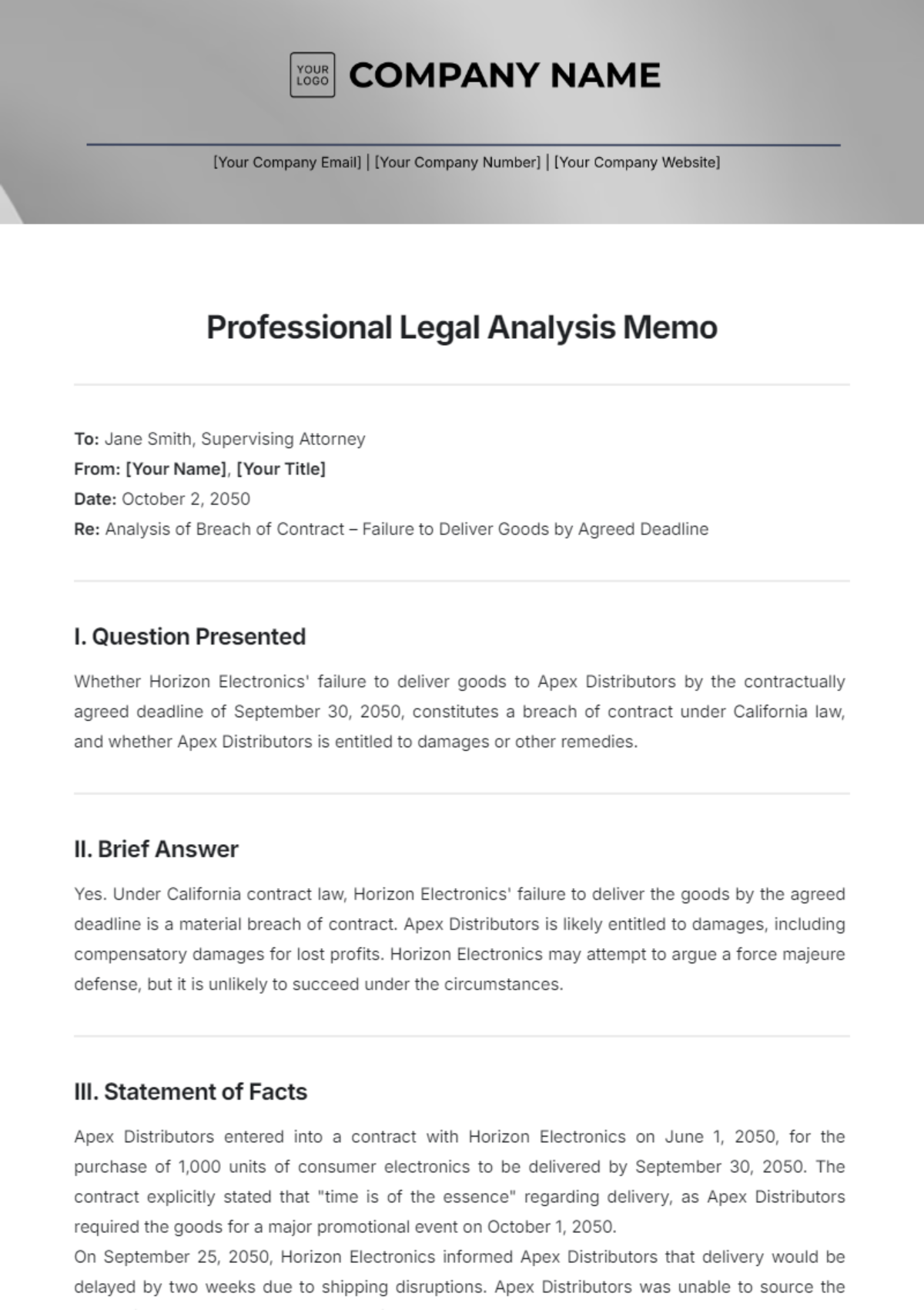Consumer Data Thematic Analysis
Introduction
In a competitive market, continuous improvement of product features is essential. Gathering, analyzing, and addressing user feedback plays a crucial role in this process. This analysis aims to identify recurring feedback on product issues and desired features, providing actionable insights to enhance product quality and user satisfaction.
Methodology
Data Collection
Feedback was collected from multiple channels including:
Customer reviews on e-commerce platforms
Surveys
Social media comments
Customer support tickets
Data Analysis
The collected feedback was categorized and analyzed to identify common themes and patterns. Both qualitative and quantitative methods were employed to ensure a comprehensive understanding of user sentiments and requirements.
Feedback Categorization
The feedback was categorized into the following main areas:
Product Performance
User Experience
Aesthetic Design
Additional Features
Customer Support
Analysis of Recurring Feedback
1. Product Performance
Performance-related feedback primarily focused on:
Issue | Details | Frequency |
|---|---|---|
Battery Life | Users reported lower-than-expected battery performance. | 40% |
Responsiveness | Some users complained about lag and slow response times. | 35% |
Durability | Issues related to the durability of the product under normal usage. | 25% |
2. User Experience
User experience feedback included:
Issue | Details | Frequency |
|---|---|---|
Ease of Use | Users find the product complex to use without a comprehensive manual. | 45% |
Interface Design | Suggestions for a more intuitive and user-friendly interface. | 33% |
Setup Process | Feedback emphasized a need for a simpler setup process. | 22% |
3. Aesthetic Design
Aesthetic-design-related feedback highlights:
Issue | Details | Frequency |
|---|---|---|
Color Options | The desire for a wider range of color options. | 50% |
Material Quality | Feedback on the desire for higher quality materials. | 30% |
Design Ergonomics | Suggestions for more ergonomic design elements. | 20% |
4. Additional Features
Users consistently requested the addition of the following features:
Remote control compatibility
Voice command integration
Advanced customization options
Improved connectivity with other smart devices
5. Customer Support
Feedback concerning customer support involved:
Issue | Details | Frequency |
|---|---|---|
Response Time | Complaints about slow response times from support. | 60% |
Solution Effectiveness | Concerns about the effectiveness of provided solutions. | 25% |
Support Availability | Feedback suggesting extended support hours. | 15% |
Action Plan
Based on the analysis, the following comprehensive action plan has been formulated to address key areas of improvement:
Product Performance Enhancements
Optimize Battery Usage: Implement energy-efficient technologies and optimize software algorithms to extend battery life and enhance overall performance.
Enhance Software Responsiveness: Roll out regular software updates to address performance issues and reduce lag, ensuring a smoother user experience.
Improve Product Durability: Invest in higher-quality materials and conduct rigorous testing to enhance the product's longevity and withstand everyday wear and tear.
User Experience Improvements
Develop Comprehensive Manuals: Create detailed, easy-to-understand user manuals and online guides, complete with troubleshooting tips and visual aids to improve usability.
Redesign User Interface: Revamp the product’s interface based on user feedback to ensure a more intuitive, user-friendly experience with streamlined navigation and clearer options.
Simplify Setup Process: Re-engineer the product setup process to make it more straightforward and user-friendly, including step-by-step instructions and automated setup features.
Aesthetic Design Enhancements
Expand Color Options: Introduce a broader range of color choices to cater to diverse customer preferences and enhance the product’s visual appeal.
Upgrade Material Quality: Enhance the quality of materials used in the product to provide a premium feel and increase overall satisfaction.
Incorporate Ergonomic Design: Integrate ergonomic principles into the product design to improve comfort, usability, and overall user experience.
New Feature Additions
Develop Remote Control Compatibility: Add support for remote control functionality to offer users greater convenience and control over the product.
Integrate Voice Command Features: Implement voice command capabilities to allow users to interact with the product more naturally and hands-free.
Offer Advanced Customization Options: Provide users with enhanced customization features to tailor the product to their specific needs and preferences.
Enhance Connectivity with Smart Devices: Improve integration with other smart devices to enable seamless connectivity and expand the product’s functionality within smart home ecosystems.
Customer Support Enhancements
Reduce Response Time: Implement strategies to speed up response times, such as increasing staffing levels, enhancing training programs, and utilizing automated systems for initial queries.
Improve Solution Effectiveness: Strengthen the effectiveness of support solutions by providing additional training for support staff and refining problem-solving processes.
Extend Support Availability: Increase customer support hours to provide assistance at more convenient times and better accommodate different time zones and customer schedules.
Conclusion
Identifying and addressing recurring feedback is vital for the continuous improvement of product features. By systematically categorizing and analyzing user feedback, actionable insights can be derived to enhance product quality and user experience. Implementing the recommended actions will drive customer satisfaction and loyalty, ensuring the product remains competitive in the market.

















































